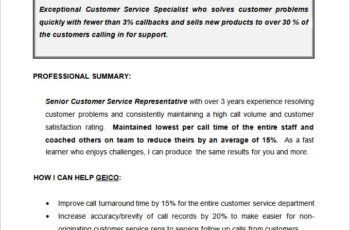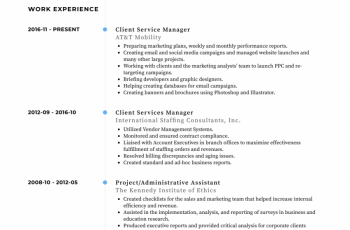Advertisement
There are so many free theatre resume template you can find out there, offering you a simpler solution to help you build your resume without having to do it from the scratch. In general, the resume lists your significant theatrical experiences, along with your contact information and physical description. The goal is to help the directors find out more about you and decide whether you should be cast. Here are the general elements of a theater resume, regardless of which template you plan on using.
Contents
Contact Information
Whichever theatre resume template you’ll be using is, it should be started with your name in boldface. You may add “actor” or even other comparable descriptive terms like “actor-dancer-singer”. The details of your contact don’t always have to consist of your address and phone number; they can comprise of your personal website. But if you’ve got an agent, print your resume on your agent’s letterhead.
Advertisement
Professional Affiliations
Following your name, list the professional affiliations you’re part of, such as Equity, SAG, AFTRA, and more.
Physical Description
This section of theatre resume template lists your physical description, including your weight, height, eye and hair color, and such. If you’re also a singer, you can also specify the tones of your vocal range.
Experience
Just like with any other resume, this section makes the most critical part. And with limited space, it can be truly difficult to organize it. Consider subdividing it into categories, such as “television”, “film”, “stage”, “commercials”, and “voice-overs”. Create three columns for neater look with this order as your reference: name of movie/play, role you played, and theatre’s name and location and director’s name. Typically, theatre-credits, film-credits, television-credits are the order.
But if you are starting out, you can list the college experience instead. With more experiences gained, you can finally start replacing your amateur productions with professional ones.
Training
List what you’ve studied and with whom. This section gives information related to your effort and who takes part in building your career.
Special Talents
Any special skills such as acrobatics, juggling, dance, pantomime, stage combat, and speaking in foreign languages should be included too.
Theatrical Honors and Awards
Include the accolades in the field as part of your resume too. As you need to perform your best, this section should be the most interesting part of yours.
Bear in mind that a resume is a one-page document. Hence, always allocate the space and organize the contents accordingly. Your resume should be stapled to the back of your headshot. And speaking of a headshot, it is supposed to be 8 x 10, which is the same size with your theatre resume.
Although the space is limited, it doesn’t mean it is okay for you to use any small font size. Typically, it is always best not to use any font size smaller than 10 point. Hence, if you have so many experiences, always be considerate and prioritize the most significant ones only. Edit, edit, and edit. Listing your age is not recommended either; rather, list your age range. And without a doubt, never lie about the experiences you include on your resume.

High School Theatre Resume Template

Musical Theatre Resume Template

Operation Theatre Resume Template

Technical Theatre Resume Template

Theatre Director Resume Template

Theatre Technician Resume Template
The free theatre resume template is mostly ready to use so you can immediately fill in the required sections to complete your own resume, Even so, it is never a bad idea for you to know the general formal often used since it can guide you in understanding what important information a proper theatre resume should include.
Advertisement

